Foyle wrote: ..... The really key consideration is that you are trying to preserve as much blowdown gas velocity from when the exhaust valve cracks open as possible, as it is that initial pulse that has most of the energy and any efforts to slow it down or recover that energy as pressure will end up wasting much of it with diffusion losses.
Company I worked for developed a high performance 3 cylinder turbocharged engine (1.2L 240hp). We found very slight advantage for separate runners over log. But we needed to run over much larger range of conditions (car application). Given narrow rpm range of 10400-12000 it is quite possible that a log manifold can be made near-optimal. ,,,,
interesting, ..... but .....
the narrower the rpm range the stronger the case for the tuned length system ?
it reduces the supercharging work required from the turbo, giving less charge heating and increasing power available to the turbine
(though I must remind myself that a short (non tuned length) system can conserve 'pulses' just as a tuned length system)
has anyone yet seen the actual Mercedes system ??
inconveniently, most of the exhaust energy useful to an expander is lost before the manifold (ie regardless of manifold type)
this energy loss can be reduced if the exhaust pressure upstream of the turbine is made higher
because the blowdown pulse is driving a denser gas ie a greater load
so there's less acceleration and less of the energy-dissipatory supersonic velocity
this can be done without much impairment of the pulse energy by increased loading of the turbine for recovery
NACA 80 years ago found a 70/30 ratio of crankshaft power to compound power gave their best efficiency ie best 2014 PU power
(in some agreement with the recent posts by ringo ?)
this was from real backpressure (negative delta P) and EV closure suitably early
 that shows PR and efficiency versus speed. You can see just how drastically the compressor performance drops with speed. It would be impossible to cycle the turbo spool speed from 100%Nr to 50%Nr and back to 100%Nr in the 100ms or so between exhaust pulses within a single cylinder bank in an F1 V6 engine.
that shows PR and efficiency versus speed. You can see just how drastically the compressor performance drops with speed. It would be impossible to cycle the turbo spool speed from 100%Nr to 50%Nr and back to 100%Nr in the 100ms or so between exhaust pulses within a single cylinder bank in an F1 V6 engine.


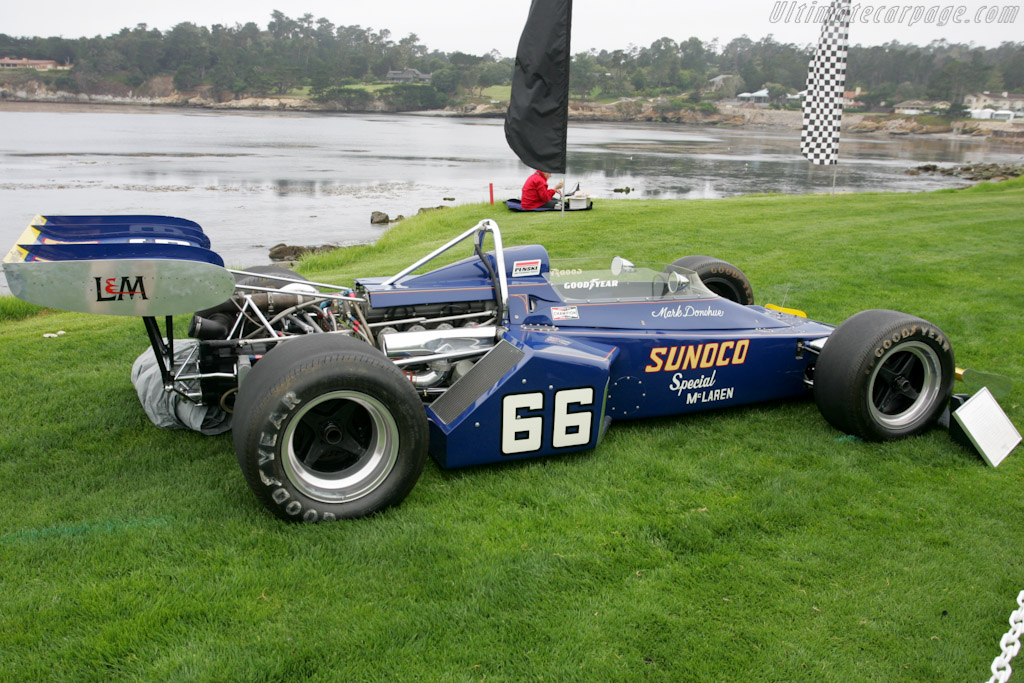
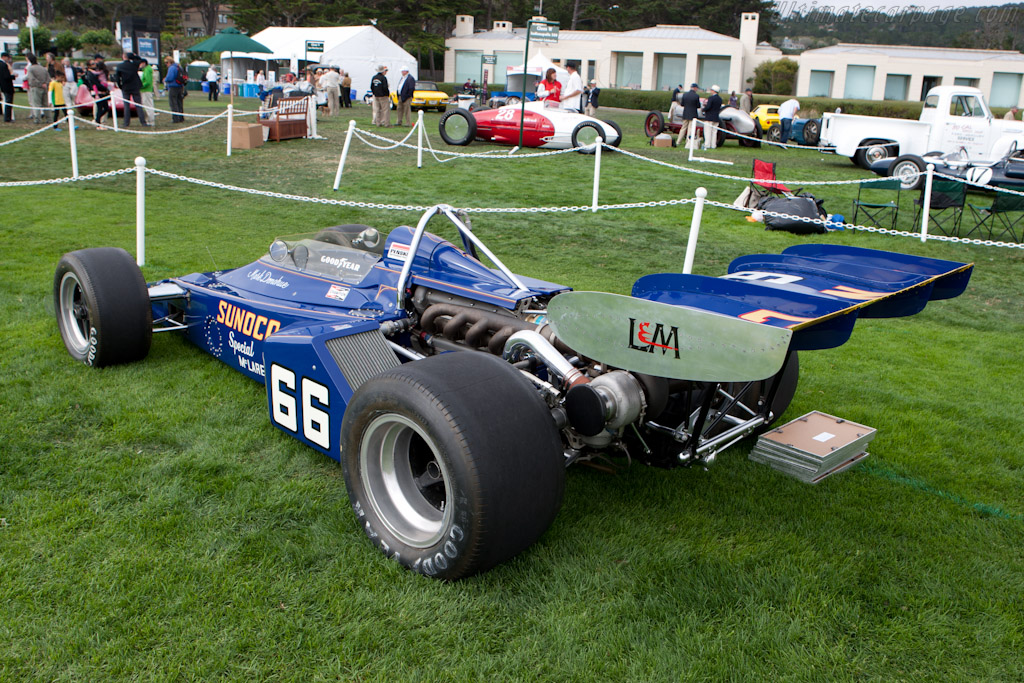
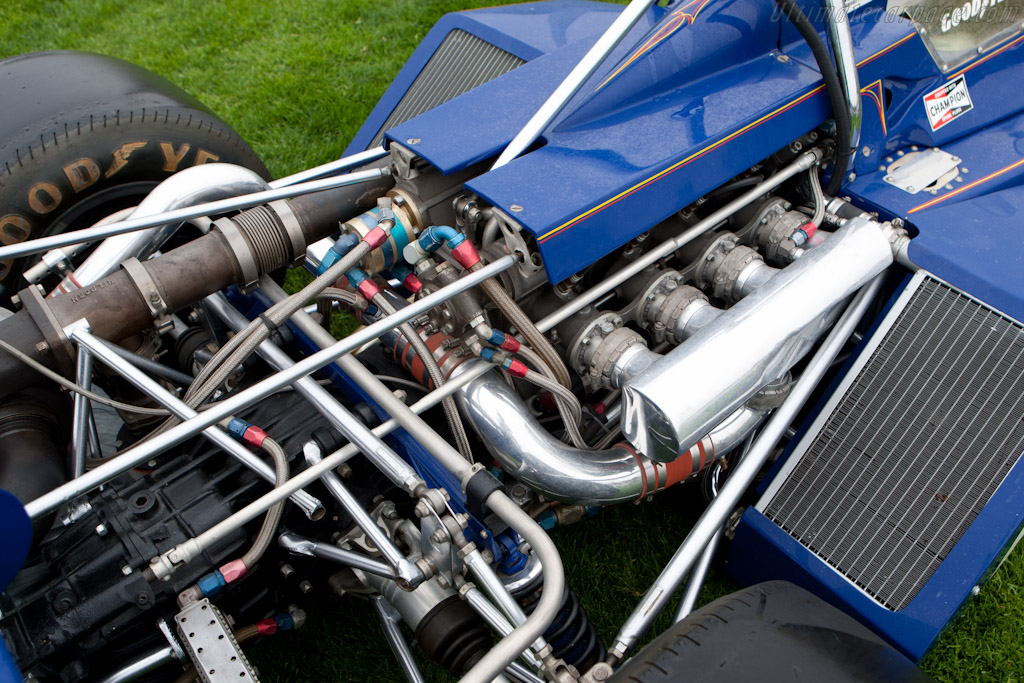
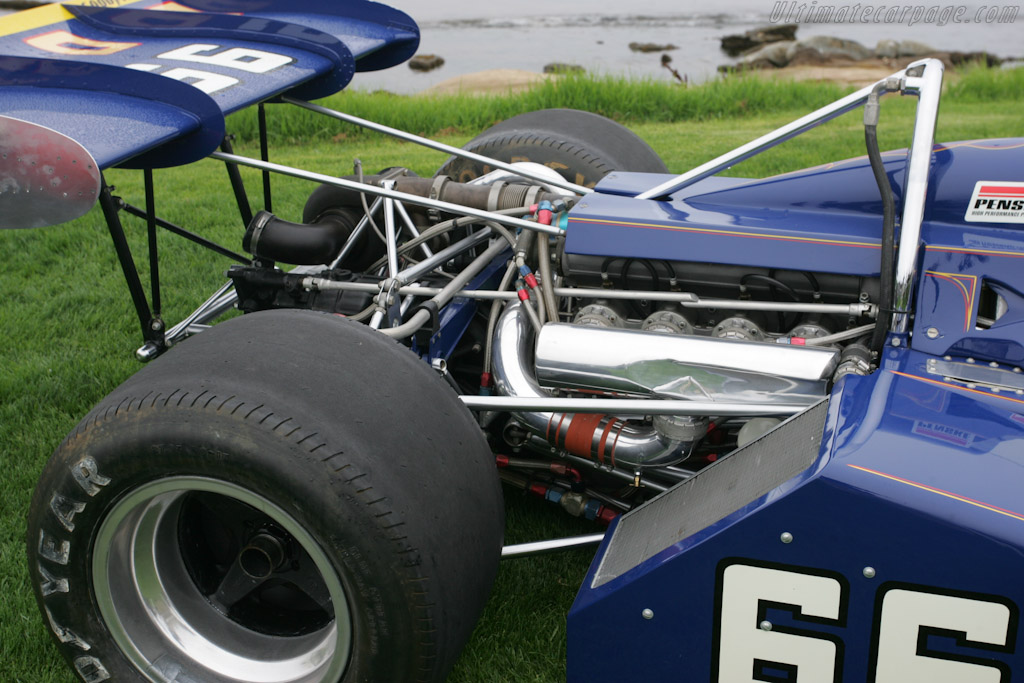
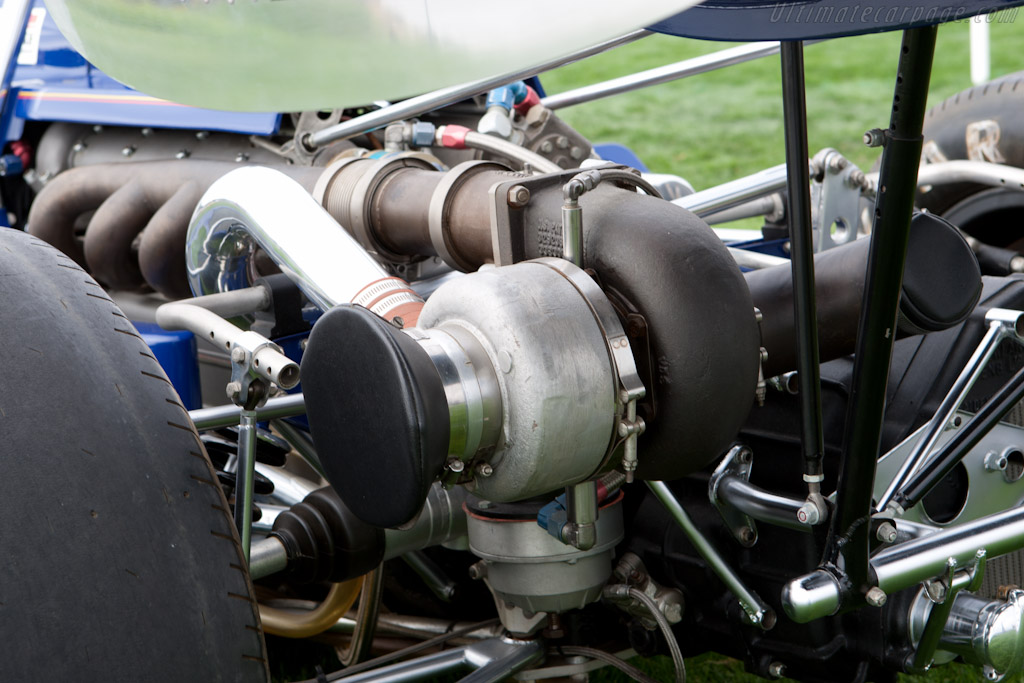
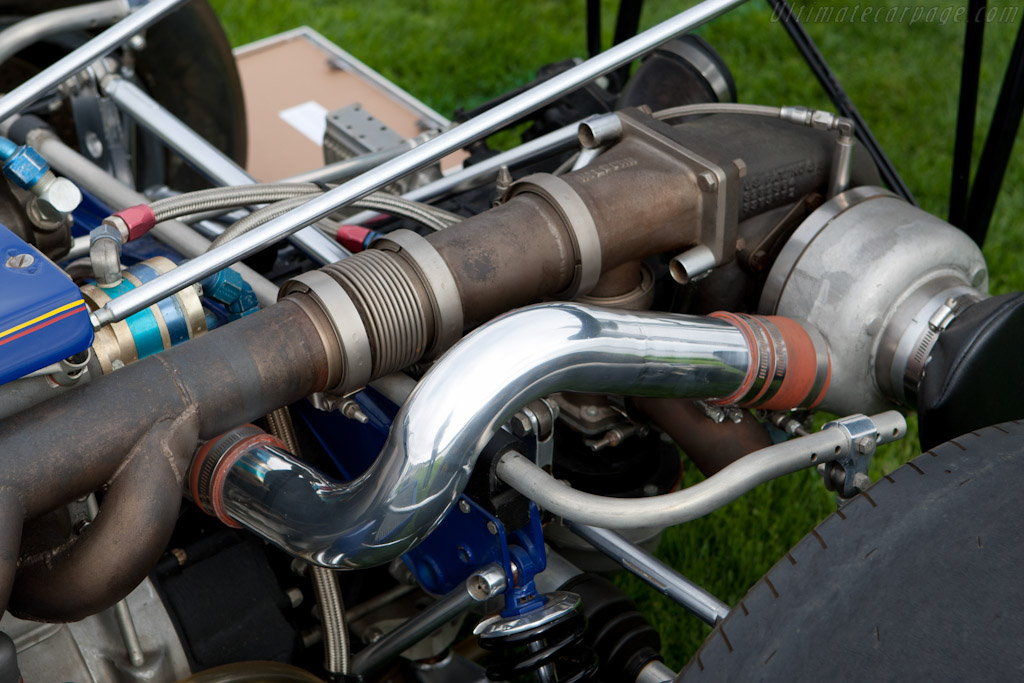
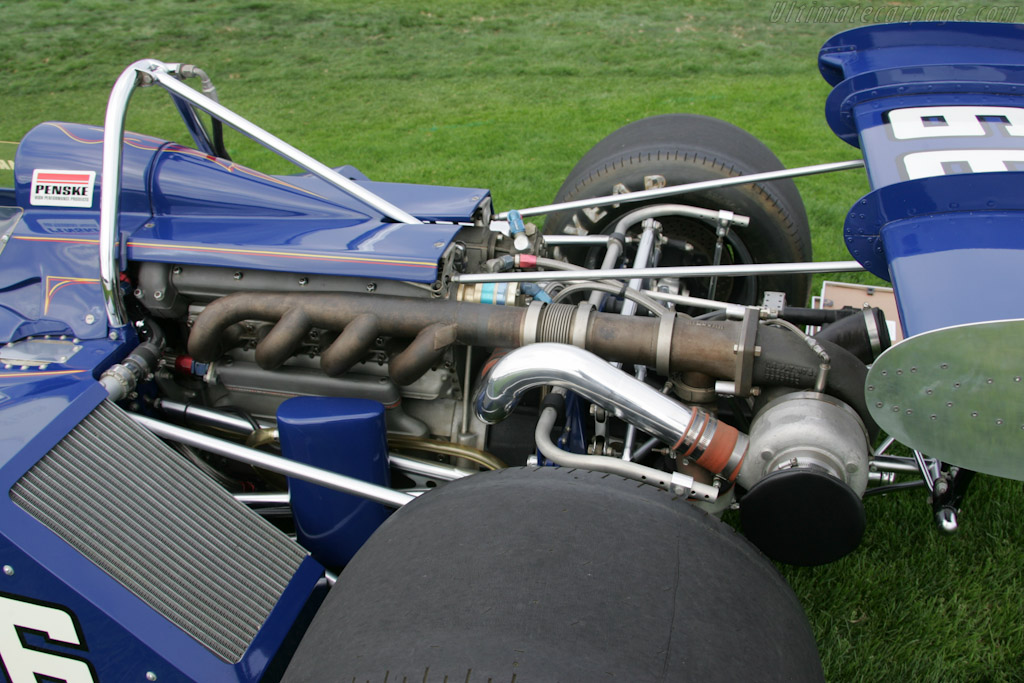
 ;
;